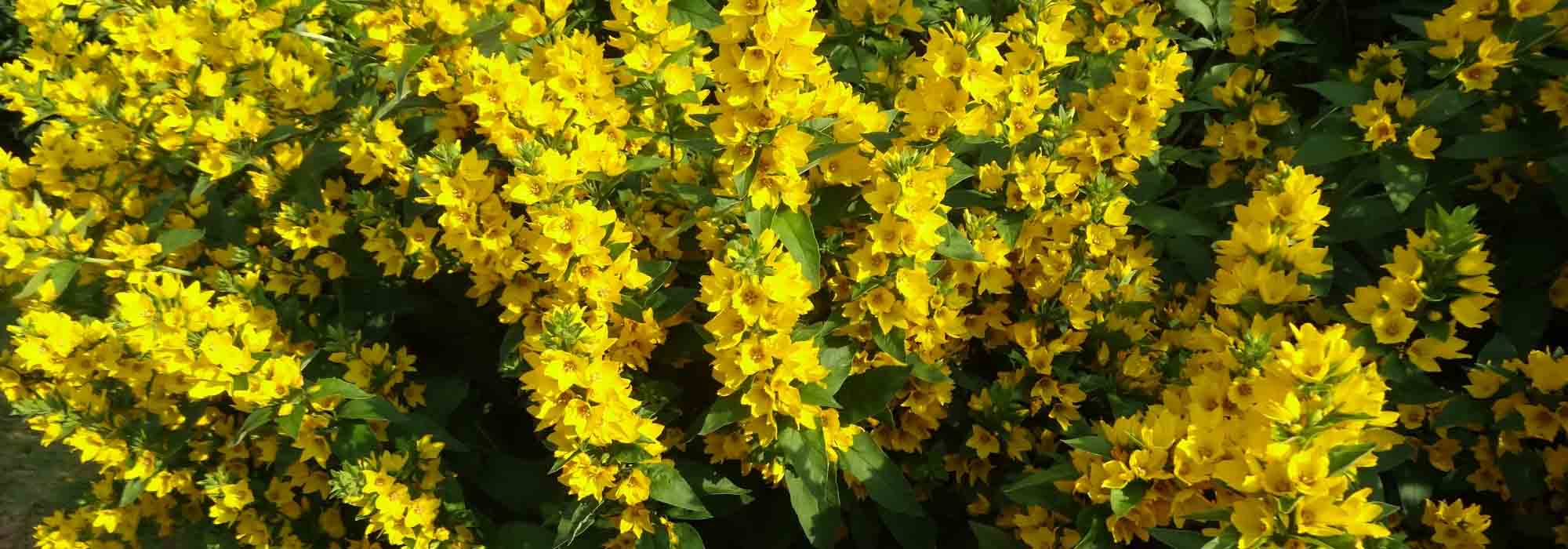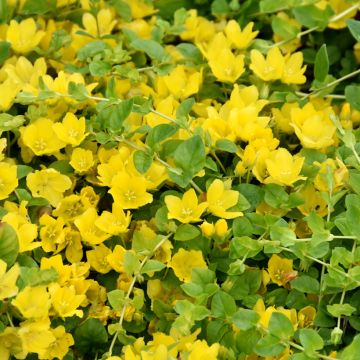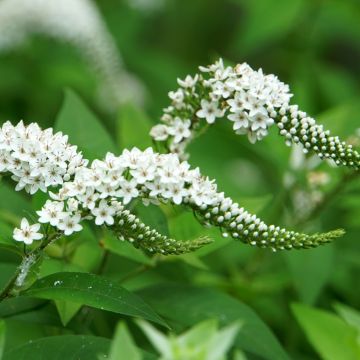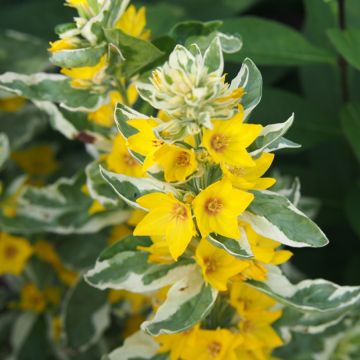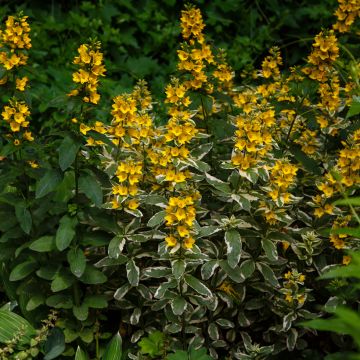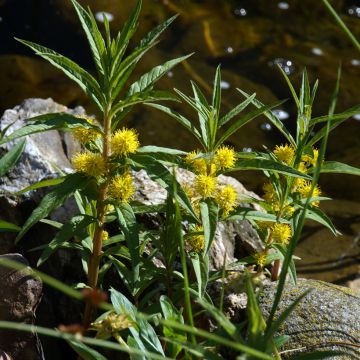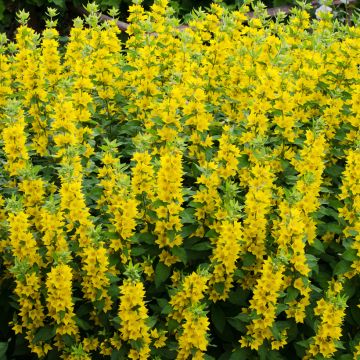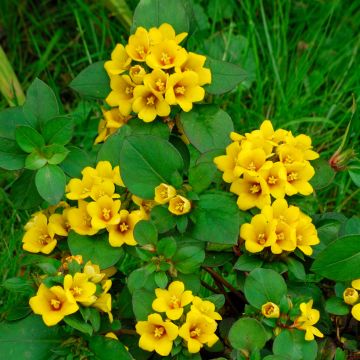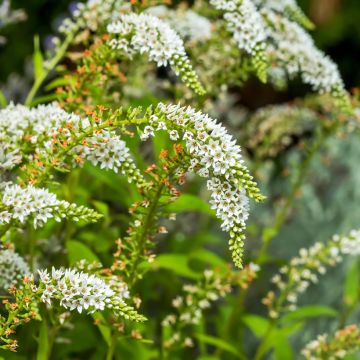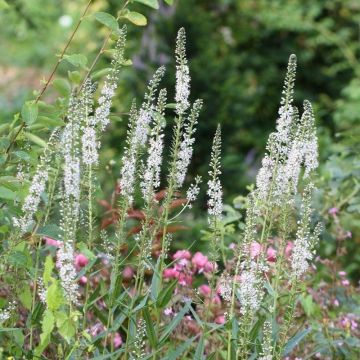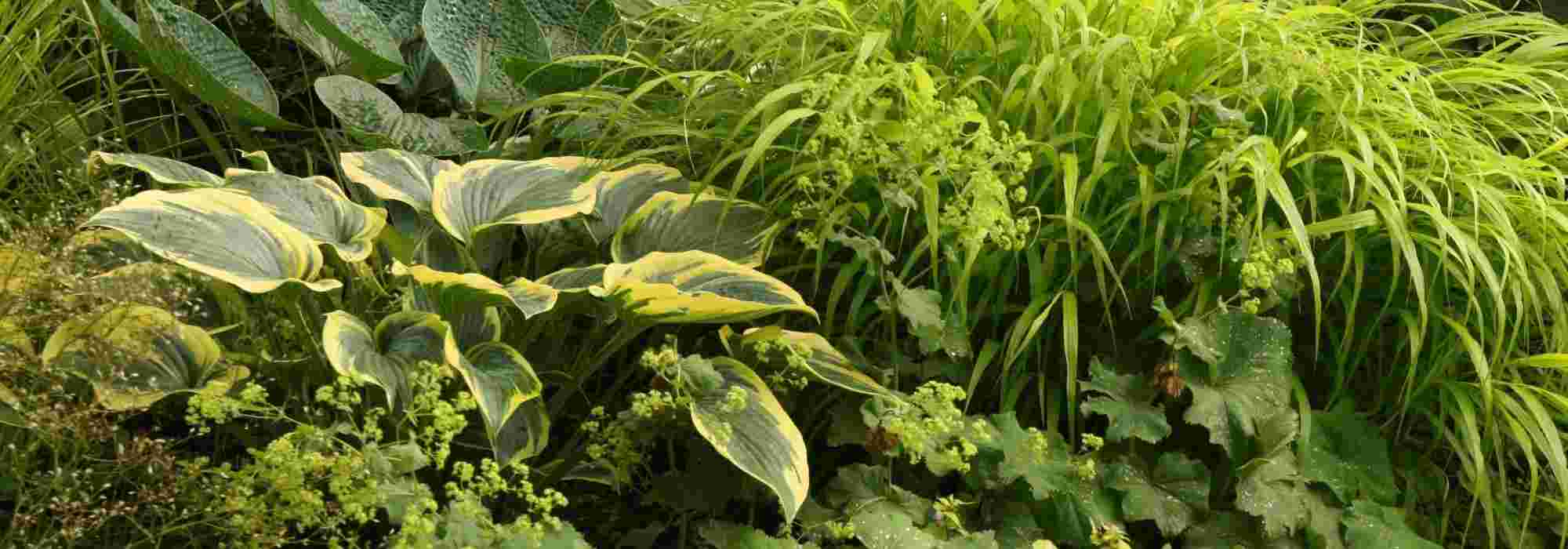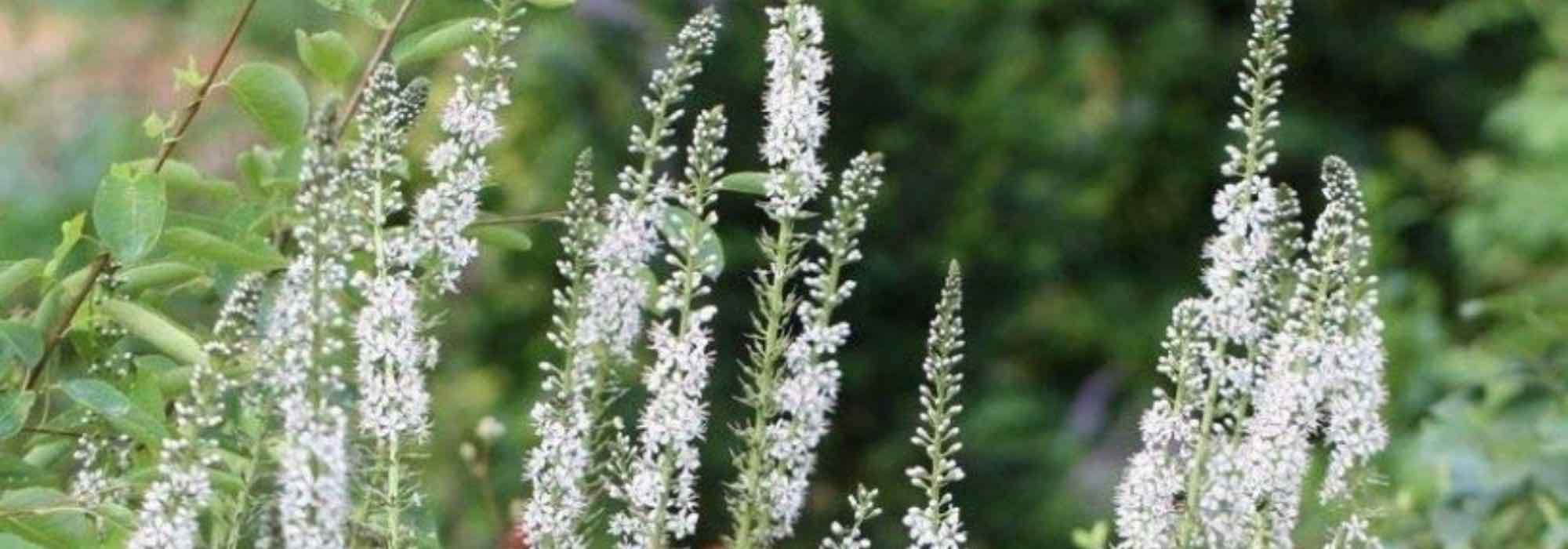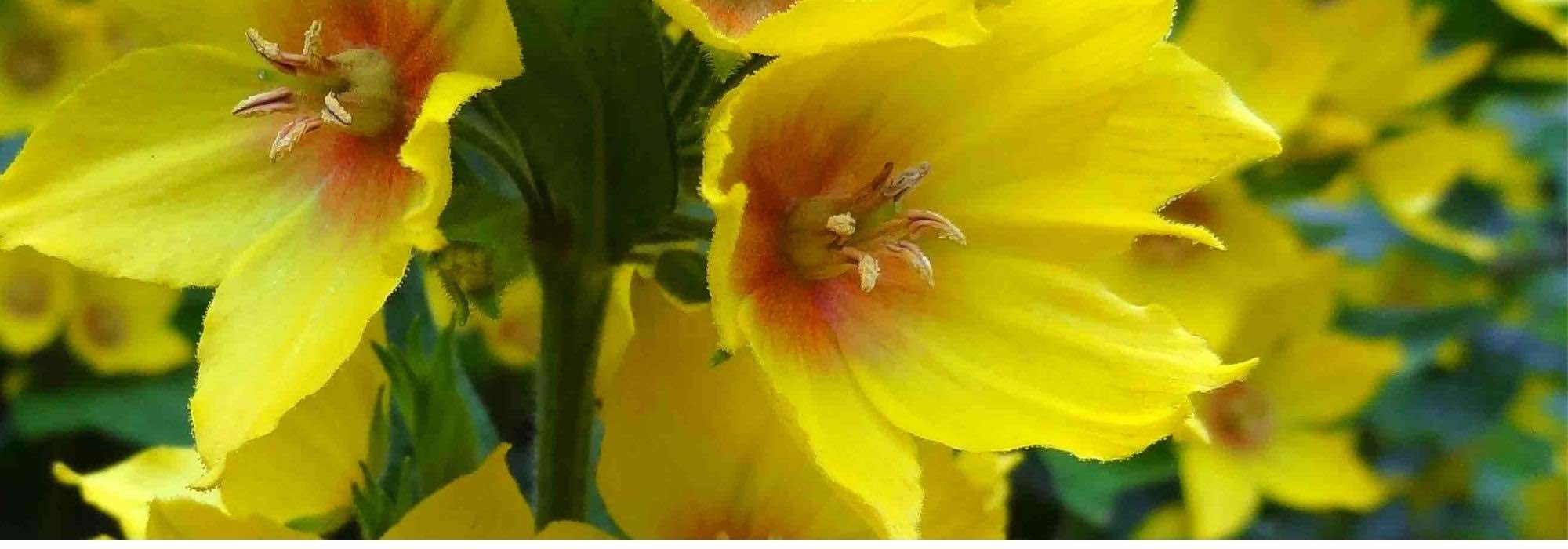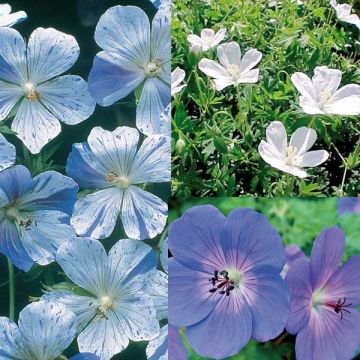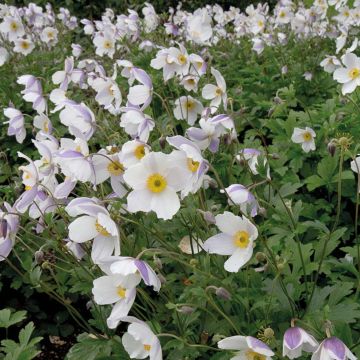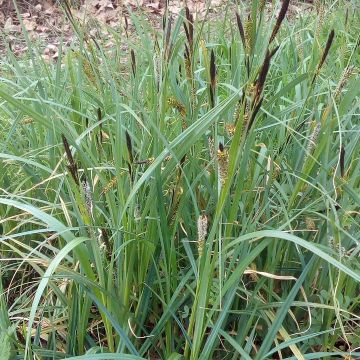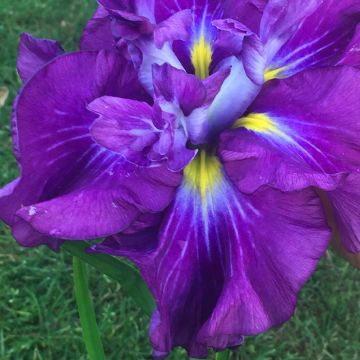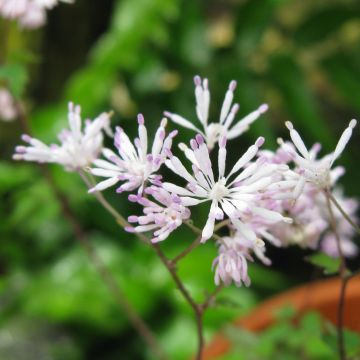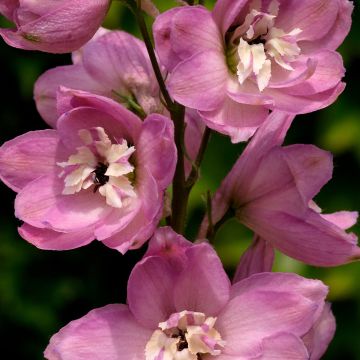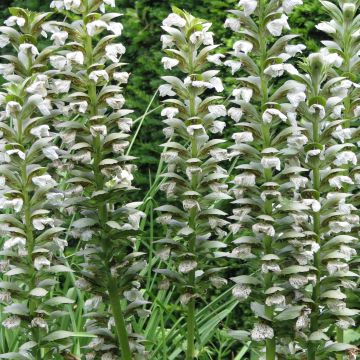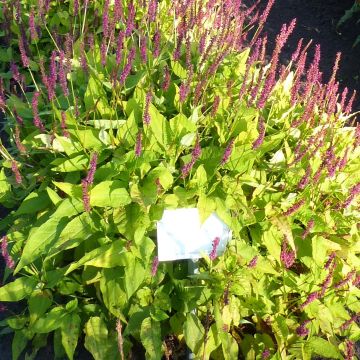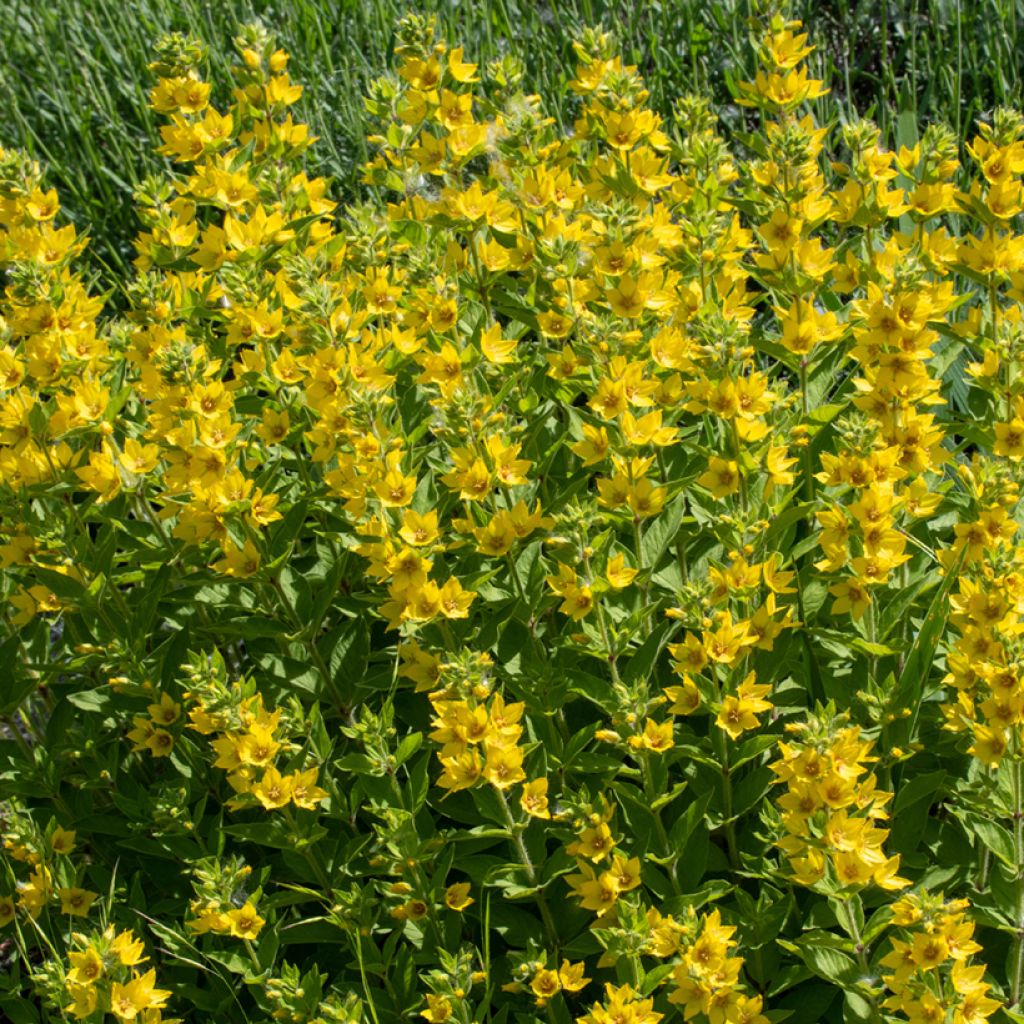

Lysimachia punctata - Loosestrife
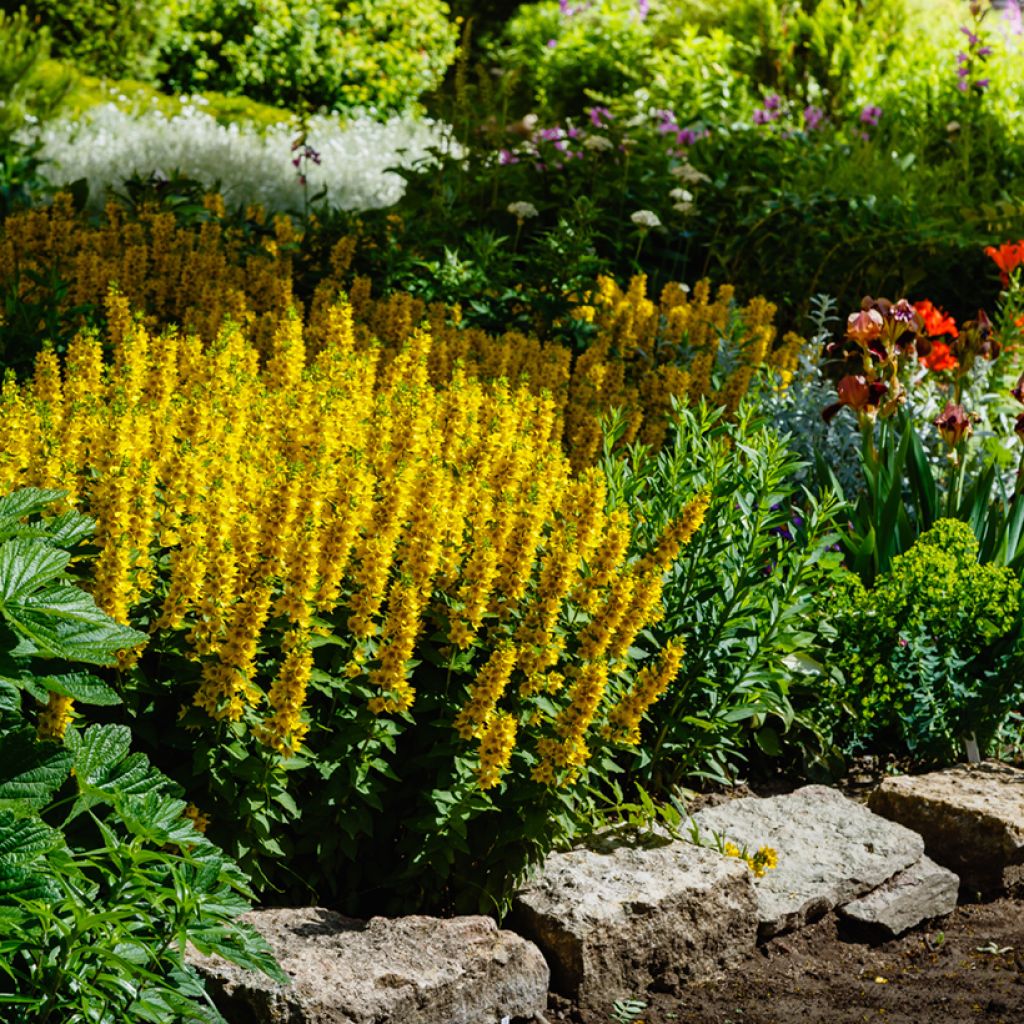

Lysimachia punctata - Loosestrife
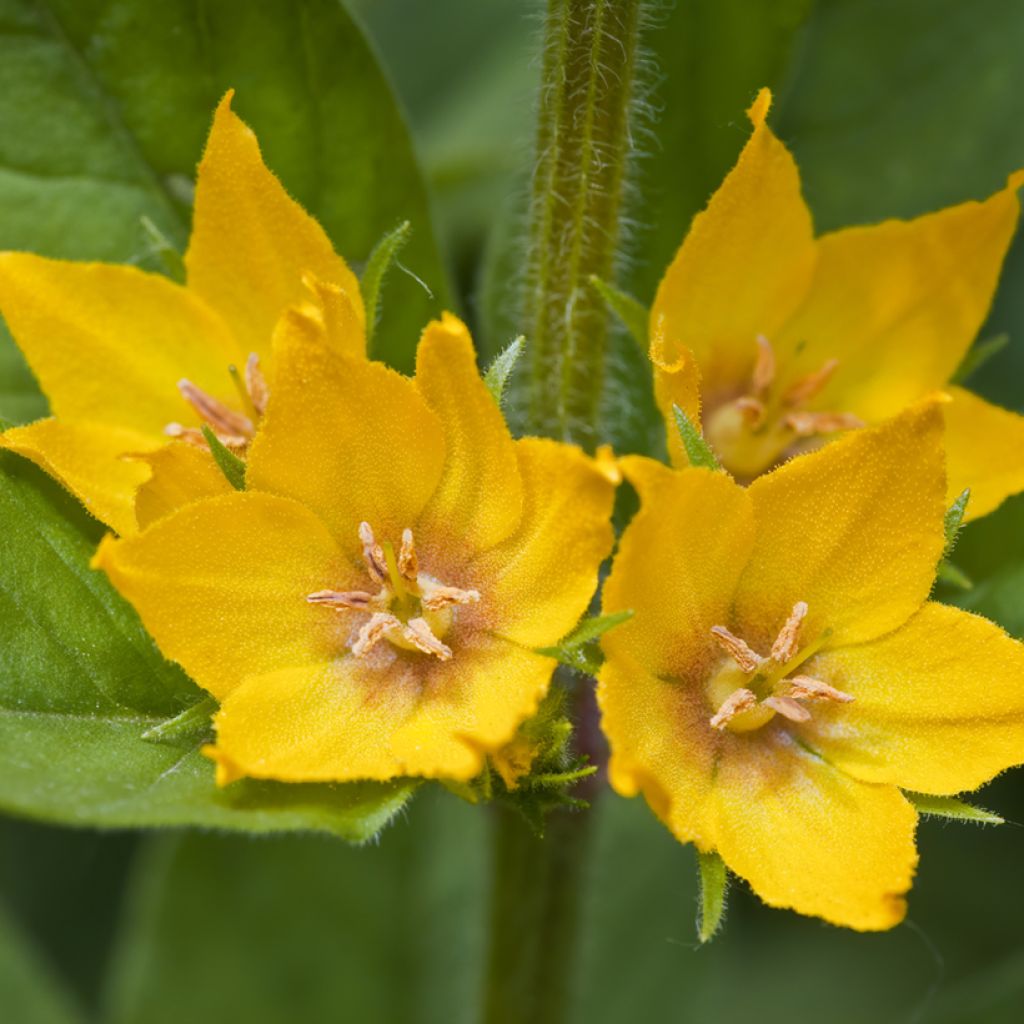

Lysimachia punctata - Loosestrife
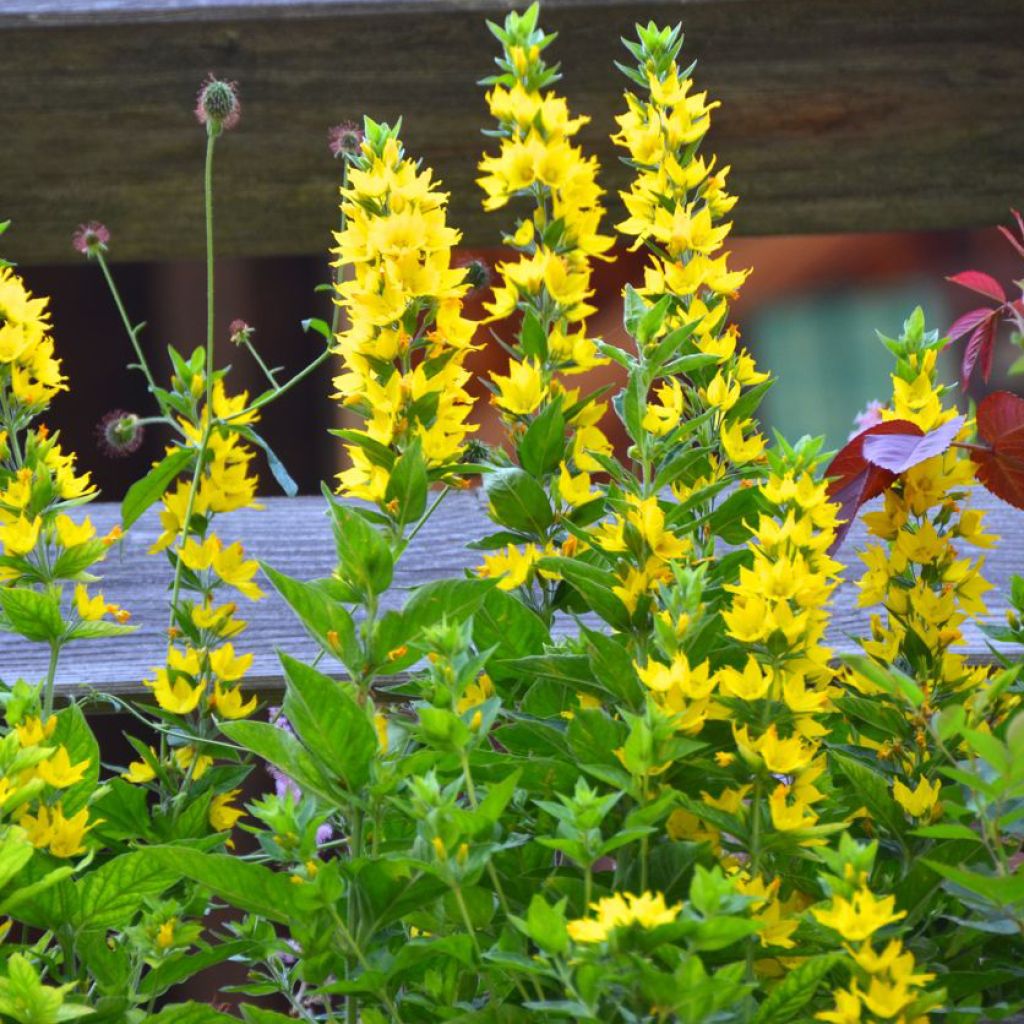

Lysimachia punctata - Loosestrife
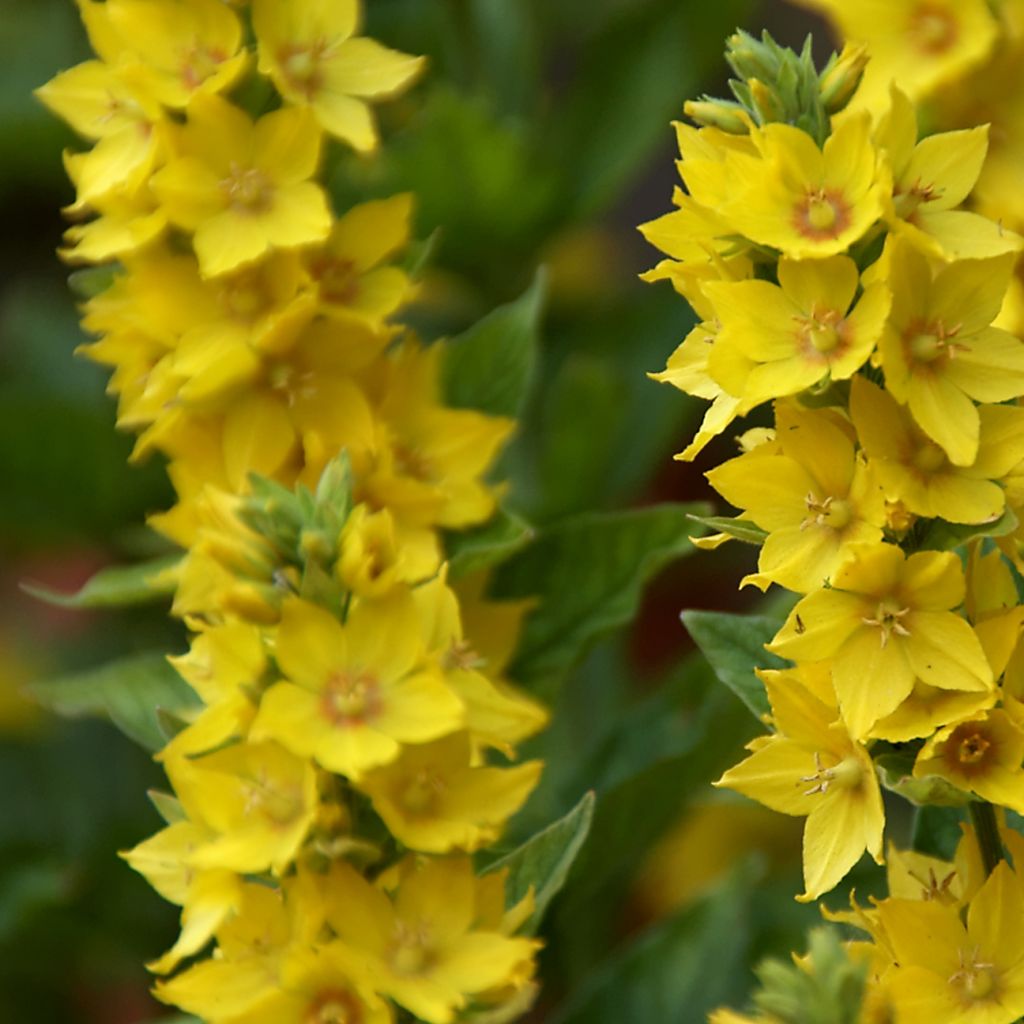

Lysimachia punctata - Loosestrife
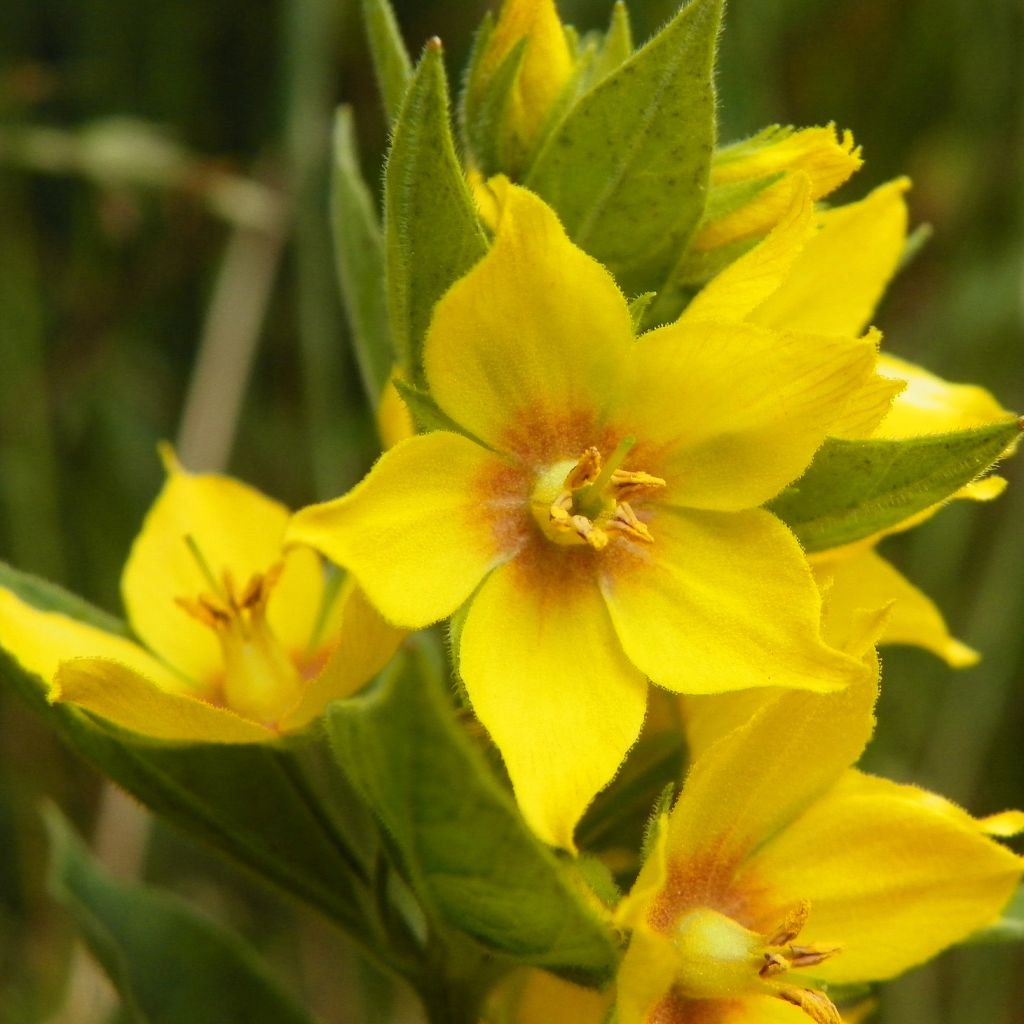

Lysimachia punctata - Loosestrife
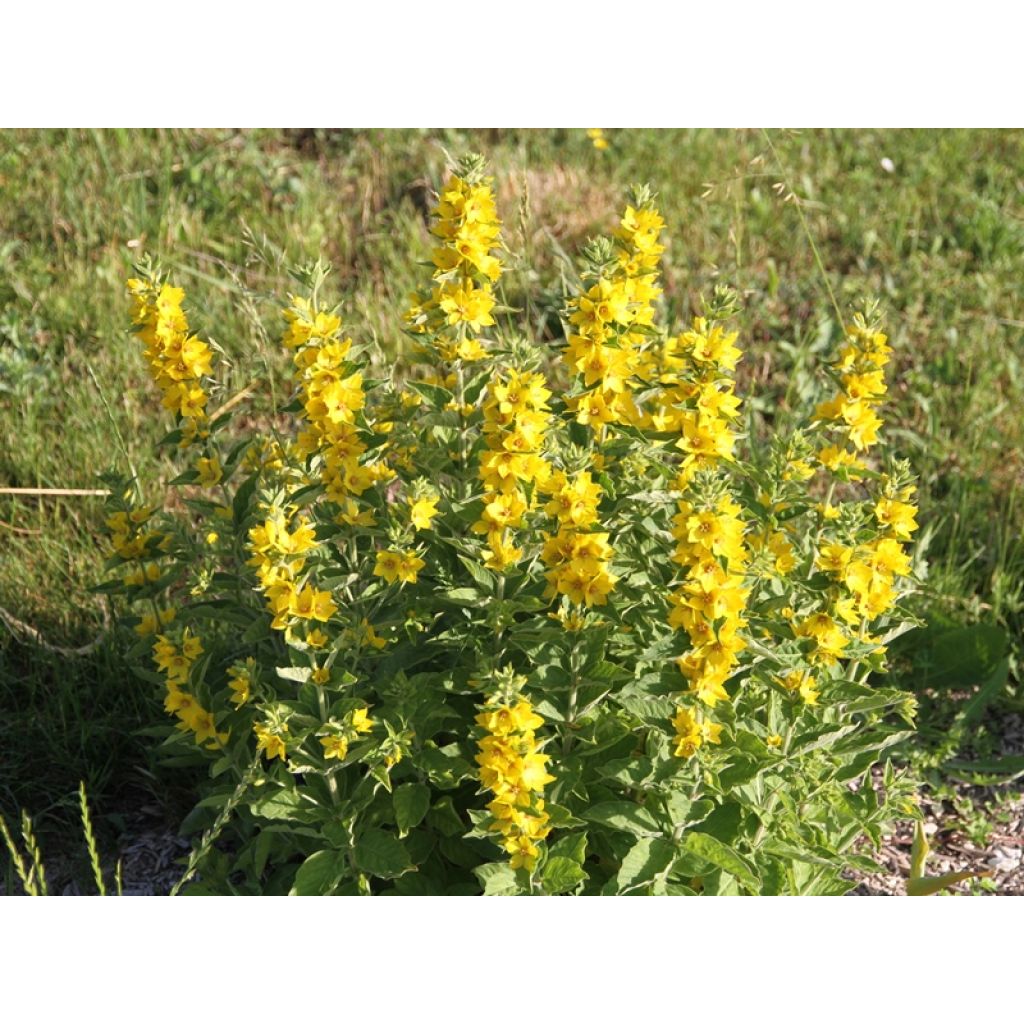

Lysimachia punctata - Loosestrife
Lysimachia punctata - Loosestrife
Lysimachia punctata
Dotted Loosestrife, Garden Loosestrife
Very pleased with this plant that has flowered abundantly. It spreads quite a bit and forms a beautiful yellow clump.
Marie, 16/07/2023
Special offer!
Receive a €20 voucher for any order over €90 (excluding delivery costs, credit notes, and plastic-free options)!
1- Add your favorite plants to your cart.
2- Once you have reached €90, confirm your order (you can even choose the delivery date!).
3- As soon as your order is shipped, you will receive an email containing your voucher code, valid for 3 months (90 days).
Your voucher is unique and can only be used once, for any order with a minimum value of €20, excluding delivery costs.
Can be combined with other current offers, non-divisible and non-refundable.
Home or relay delivery (depending on size and destination)
Schedule delivery date,
and select date in basket
This plant carries a 12 months recovery warranty
More information
We guarantee the quality of our plants for a full growing cycle, and will replace at our expense any plant that fails to recover under normal climatic and planting conditions.
Does this plant fit my garden?
Set up your Plantfit profile →
Description
Lysimachia punctata, also known as punctate loosestrife, is easily recognisable in summer with its clusters of bright yellow flowers arranged in successive tiers. This perennial is the epitome of robustness. It grows rapidly in tall clumps in all types of soil that are not too dry, and looks stunning when planted in large groups. It grows well in all exposures.
Lysimachia punctata is a giant cousin of primroses, belonging to the Primulaceae family. It is native to central and southern Europe, and Asia Minor (up to Turkey). It is a robust perennial plant with slightly trailing rhizomes, forming clumps that can reach 1 to 1.2m (3 to 4ft) in height when in bloom and occupying 50cm (20in) of ground space. it has a rapid growth rate. The golden yellow star-shaped flowers, 25mm (1in) in diameter, appear in July-August. They bloom in the axils of the leaves, forming a large elongated bouquet. This highly floriferous plant is particularly sturdy and can withstand most climates. The clumps consist of many very straight and upright stems, with deciduous, villous, and vibrant green foliage. The leaves have strongly marked veins. They are lanceolate, oblong, and grouped in sets of 4 around the stem. This plant has a powerful and deep-rooted system.
Lysimachia punctata will find its place in all the moist areas of the garden, where the soil never dries out. It is particularly beautiful when planted en masse, in a flower bed, or on a large bank with Imperata cylindrica 'Red Baron'. Pair it with other plants that appreciate moisture, such as willowherbs, marsh mallows, meadowsweets, rodgersias, and veronicastrums, as well as hostas and ferns in partial shade. It is a good plant for banks with well-drained soil, as it contributes to stabilisation. However, it can do without having its feet in water and will be content with deep soil, in the company of rhubarb, officinal angelica, Oriental poppies, and foxgloves.
Lysimachia punctata - Loosestrife in pictures


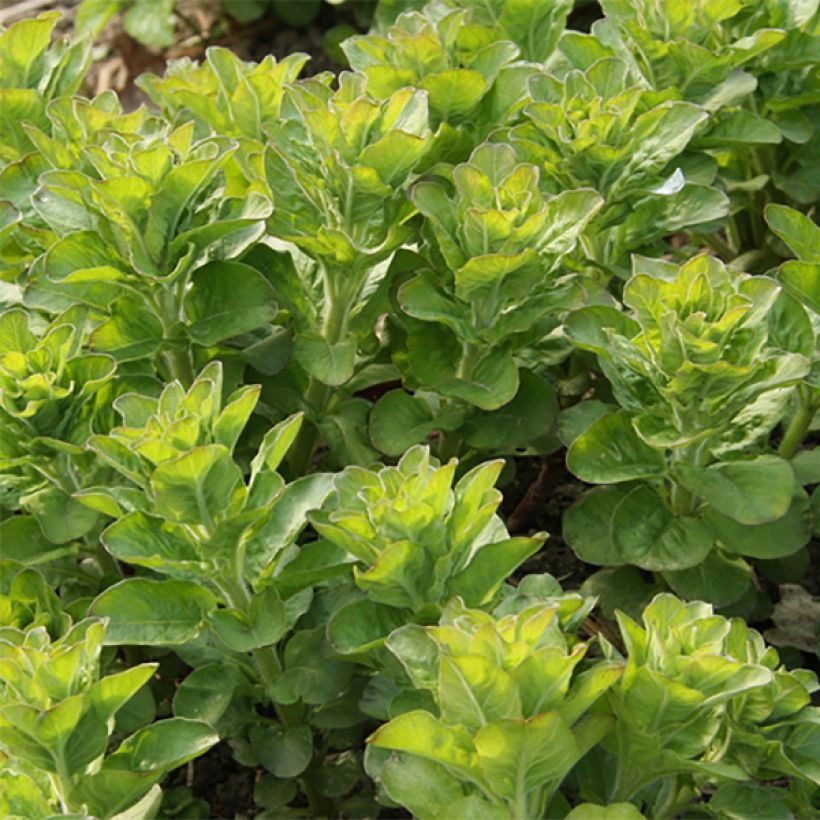

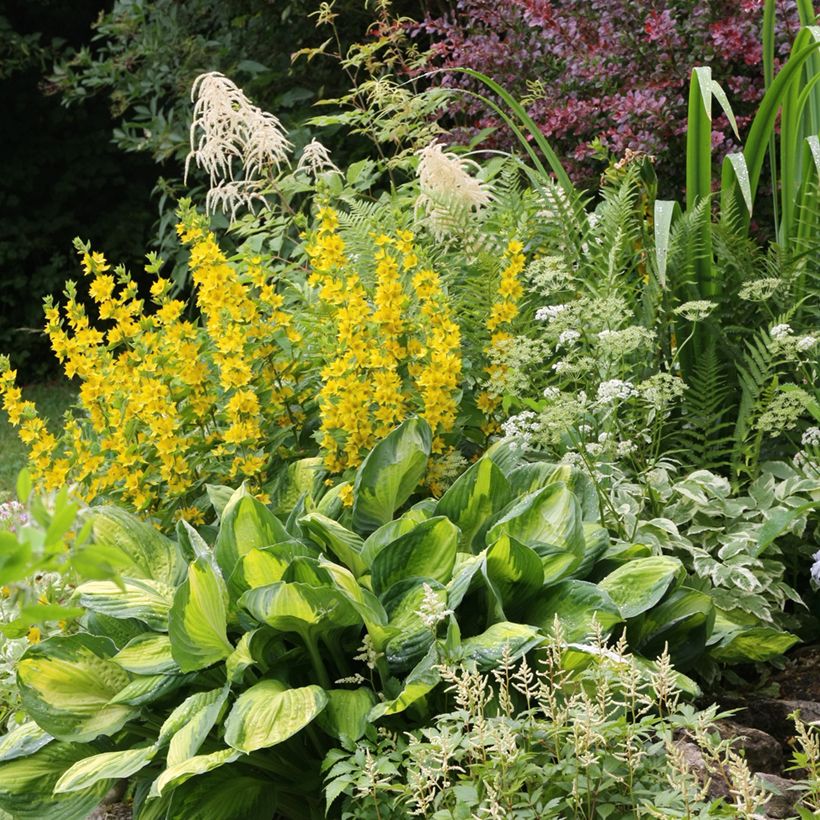

Flowering
Foliage
Plant habit
Botanical data
Lysimachia
punctata
Primulaceae - Myrsinaceae
Dotted Loosestrife, Garden Loosestrife
Cultivar or hybrid
Other Lysimachia
View all →Planting and care
It prefers moist soil, even humid and sunny. Lysimachia punctata also tolerates dry and shady soil, but it will be smaller and less floriferous. It can be planted in all soils, even limestone. Plant it deeply. Do not plant it in a rock garden as its roots will seek shelter under the rocks and you will not be able to get rid of it. Prune the clump after flowering. It is sometimes susceptible to rust and foliar spots.
Planting period
Intended location
Care
Planting & care advice
-
, onOrder confirmed
Reply from on Promesse de fleurs
Similar products
Haven't found what you were looking for?
Hardiness is the lowest winter temperature a plant can endure without suffering serious damage or even dying. However, hardiness is affected by location (a sheltered area, such as a patio), protection (winter cover) and soil type (hardiness is improved by well-drained soil).

Photo Sharing Terms & Conditions
In order to encourage gardeners to interact and share their experiences, Promesse de fleurs offers various media enabling content to be uploaded onto its Site - in particular via the ‘Photo sharing’ module.
The User agrees to refrain from:
- Posting any content that is illegal, prejudicial, insulting, racist, inciteful to hatred, revisionist, contrary to public decency, that infringes on privacy or on the privacy rights of third parties, in particular the publicity rights of persons and goods, intellectual property rights, or the right to privacy.
- Submitting content on behalf of a third party;
- Impersonate the identity of a third party and/or publish any personal information about a third party;
In general, the User undertakes to refrain from any unethical behaviour.
All Content (in particular text, comments, files, images, photos, videos, creative works, etc.), which may be subject to property or intellectual property rights, image or other private rights, shall remain the property of the User, subject to the limited rights granted by the terms of the licence granted by Promesse de fleurs as stated below. Users are at liberty to publish or not to publish such Content on the Site, notably via the ‘Photo Sharing’ facility, and accept that this Content shall be made public and freely accessible, notably on the Internet.
Users further acknowledge, undertake to have ,and guarantee that they hold all necessary rights and permissions to publish such material on the Site, in particular with regard to the legislation in force pertaining to any privacy, property, intellectual property, image, or contractual rights, or rights of any other nature. By publishing such Content on the Site, Users acknowledge accepting full liability as publishers of the Content within the meaning of the law, and grant Promesse de fleurs, free of charge, an inclusive, worldwide licence for the said Content for the entire duration of its publication, including all reproduction, representation, up/downloading, displaying, performing, transmission, and storage rights.
Users also grant permission for their name to be linked to the Content and accept that this link may not always be made available.
By engaging in posting material, Users consent to their Content becoming automatically accessible on the Internet, in particular on other sites and/or blogs and/or web pages of the Promesse de fleurs site, including in particular social pages and the Promesse de fleurs catalogue.
Users may secure the removal of entrusted content free of charge by issuing a simple request via our contact form.
The flowering period indicated on our website applies to countries and regions located in USDA zone 8 (France, the United Kingdom, Ireland, the Netherlands, etc.)
It will vary according to where you live:
- In zones 9 to 10 (Italy, Spain, Greece, etc.), flowering will occur about 2 to 4 weeks earlier.
- In zones 6 to 7 (Germany, Poland, Slovenia, and lower mountainous regions), flowering will be delayed by 2 to 3 weeks.
- In zone 5 (Central Europe, Scandinavia), blooming will be delayed by 3 to 5 weeks.
In temperate climates, pruning of spring-flowering shrubs (forsythia, spireas, etc.) should be done just after flowering.
Pruning of summer-flowering shrubs (Indian Lilac, Perovskia, etc.) can be done in winter or spring.
In cold regions as well as with frost-sensitive plants, avoid pruning too early when severe frosts may still occur.
The planting period indicated on our website applies to countries and regions located in USDA zone 8 (France, United Kingdom, Ireland, Netherlands).
It will vary according to where you live:
- In Mediterranean zones (Marseille, Madrid, Milan, etc.), autumn and winter are the best planting periods.
- In continental zones (Strasbourg, Munich, Vienna, etc.), delay planting by 2 to 3 weeks in spring and bring it forward by 2 to 4 weeks in autumn.
- In mountainous regions (the Alps, Pyrenees, Carpathians, etc.), it is best to plant in late spring (May-June) or late summer (August-September).
The harvesting period indicated on our website applies to countries and regions in USDA zone 8 (France, England, Ireland, the Netherlands).
In colder areas (Scandinavia, Poland, Austria...) fruit and vegetable harvests are likely to be delayed by 3-4 weeks.
In warmer areas (Italy, Spain, Greece, etc.), harvesting will probably take place earlier, depending on weather conditions.
The sowing periods indicated on our website apply to countries and regions within USDA Zone 8 (France, UK, Ireland, Netherlands).
In colder areas (Scandinavia, Poland, Austria...), delay any outdoor sowing by 3-4 weeks, or sow under glass.
In warmer climes (Italy, Spain, Greece, etc.), bring outdoor sowing forward by a few weeks.






























